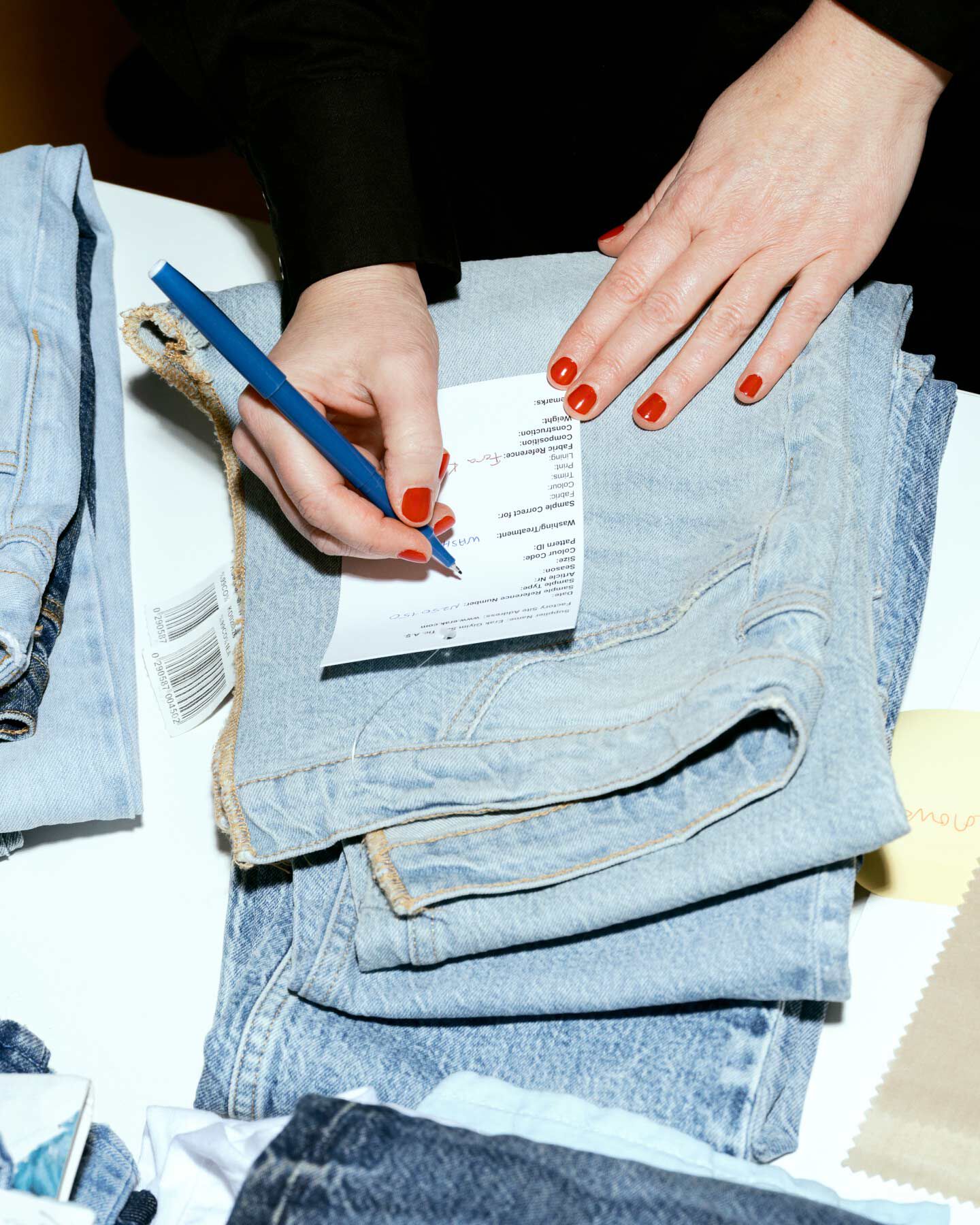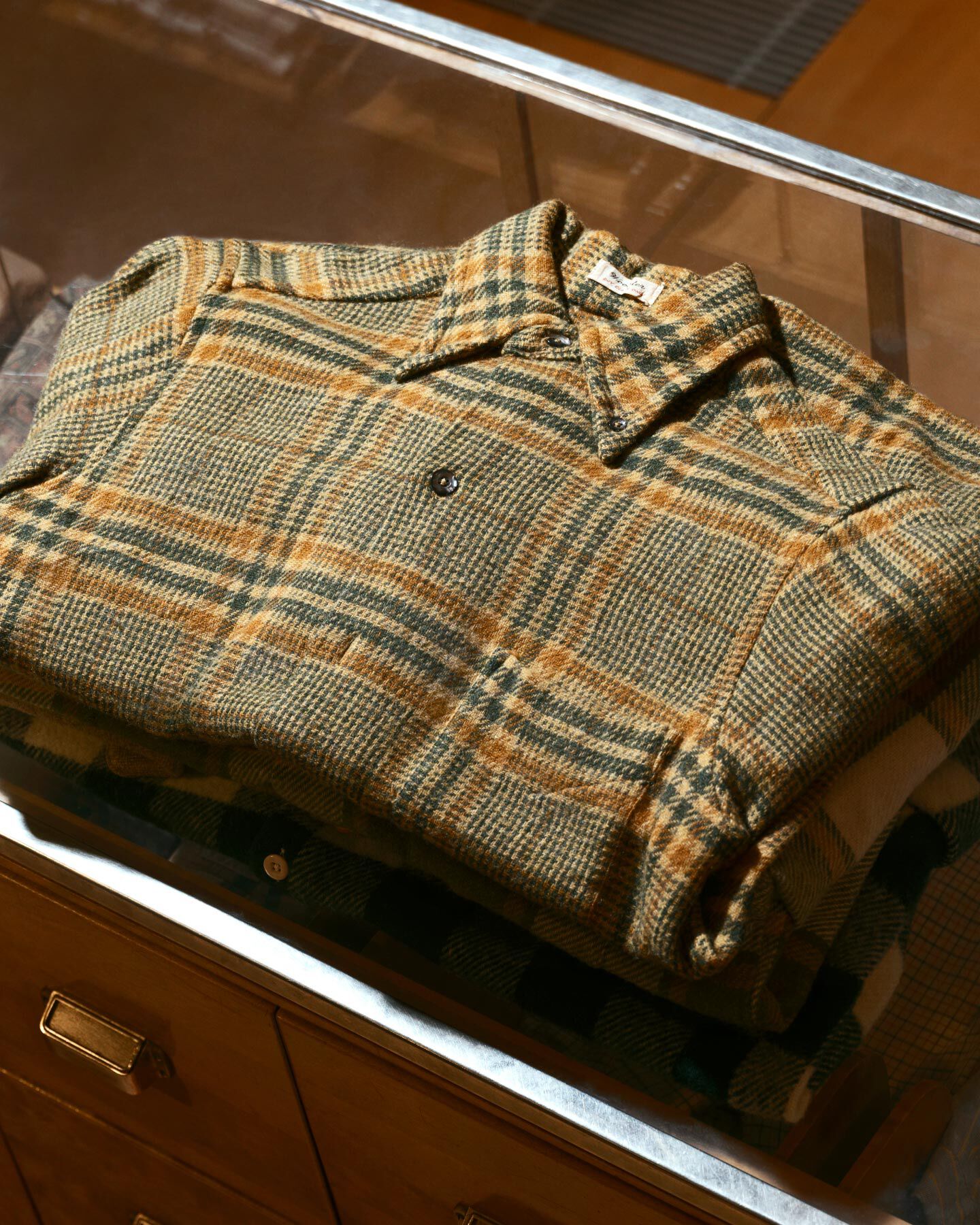
Preferred
Fibers
The extraction, processing and production of raw materials used in our products are significant contributors to GANT’s environmental footprint. Additionally, risks related to labor and human rights can be critical in this part of the value chain. Responsibly-sourced materials and social and environmental due diligence are two ways we address these challenges at GANT.
At GANT, as much as 88% of the materials we use come from natural fibers. Cotton is our most-used fiber, amounting to 77% of our total material use. Natural materials are renewable and don’t emit microplastics, whilst simultaneously maintaining the quality and durability that a GANT product is recognised for.
Strategies & Reports

The sustainable fiber
staircase strategy
The choices we make when choosing raw materials for our products are crucial when it comes to the impact they have on people, animals, climate, water, environment and the planet. That is why we have developed the sustainable fiber staircase strategy to manage these impacts. The staircase is based on science and life-cycle assessment data. The staircase includes a roadmap on how to transition from conventionally-sourced materials to more responsibly-sourced alternatives.
Targets are:
- In 2022, we reached our goal of having 100% responsibly-sourced cotton. All conventional cotton is now replaced with more responsible alternatives such as Better Cotton, organic cotton, recycled cotton, cotton in conversion or regenerative cotton.
- By 2025, 100% of key materials will be responsibly-sourced by converting all key materials from conventional to more responsible alternatives.

Progress so far
Responsibly sourced material includes the share of materials within all fiber categories that have sustainability attributes. For cotton, this includes Better Cotton, organic cotton and recycled cotton. For synthetics, this includes recycled fibers. For animal fibers, this includes certified wool, down and feathers and mulesing-free wool. For plant-based materials and man made cellulosic fibers, FSC and PEFC certified fibers are included.

Cotton
Cotton accounts for 77% of the material use of GANT and is therefore a priority material in the Sustainable fiber staircase strategy. In 2023, 92% of the cotton was sourced as Better Cotton and 7.5% was organic cotton. Recycled cotton and cotton in conversion is also used for our products, although they currently make up less than 1% of the total cotton use. Going forward we will focus on increasing the share of organically grown cotton to reduce the impact caused from cotton cultivation.

Synthetics
The responsible polyester staircase promotes the transition to using more recycled polyester. In 2023, 43% of the polyester was recycled.
By 2025, we are aiming to ensure that all our polyester is recycled and certified with Global Recycled Standard or Recycled Content Standard to reach the goal of responsible sourcing. Already today, all synthetic fillings must be recycled in our outerwear.

Animal derived materials
GANT has an Animal Welfare Policy to encourage, promote and secure good husbandry practices and respectful animal treatment. We require all parties providing animal related products to adhere to the Five Freedoms defined by the EU Farm Animal Welfare Council/World Organization for Animal Health (OIE).
The Animal welfare policy includes:
- Raw materials originating from animals can only be a byproduct of meat production.
- Wool must be sourced from producers with good animal husbandry.
- No mulesing is allowed. All wool used by GANT is mulesing-free.
- All mohair must be certified with Responsible Mohair Standard (RMS).
- All down and feathers must be certified with Responsible Down Standard (RDS) and not come from farms practicing live-plucking or force feeding.
- No fur, endangered species, caged animals, non-certified mohair, rabbit hair, or angora is allowed at GANT.

Plant-based materials and man-made cellulosics
Plant-based materials and man-made cellulosics account for approximately 4.6% of GANT’s material use and consist mainly of linen, viscose and lyocell.
- Viscose and lyocell: GANT sources FSC and PEFC certified fibers, which means that they come from responsibly managed forests. The goal is for all man-made cellulosics to be responsibly sourced by 2025.
- Linen: GANT also has a preference of using linen made from European Flax certified seeds.
